Get a GRIHP! on French Bulldogs
This article on French Bulldogs is part of a series to highlight the Big Picture of health, welfare and breeding. Concerns for the welfare of brachycephalic breeds, including the French Bulldog, have been the subject of much debate over the past several years. The popularity of French Bulldogs is undeniable; demand for this breed has soared over the past decade. Supply and demand has led to production of pups by less than scrupulous breeders who are not operating under the umbrella or direction of KCs and Breed club health improvement program recommendations.
Extremes of conformation are recognized as contributing factors in development of health and welfare challenges. French Bulldogs are short-muzzled dogs - the breed has historically exhibited short noses. But over time, incrementally shorter faces and heavier, shorter-backed body proportions (related to spinal abnormalities) have become an accepted norm in the breed. Extreme examples of some brachycephalic breeds go even further than the drift that has occurred in the conformation rings over the past 100 years into the realm of essentially deformed dogs with almost no muzzle, deformed jaws, no tails, unbalanced proportions and poor skeletal structure. The catastrophic health problems associated with extreme conformations has been well documented.**
Health management and breeding strategies constructed by Kennel and Breed clubs are focused on identifying the prevalence of and effective methods to address key health concerns in the breed. In some cynological organizations Breed Standard wording has been clarified to minimize the acceptability of extreme traits. In 2020 legislative action was taken by the Netherlands to regulate breeding of Brachycephalic breeds with the goal to enhance health and welfare. Additional legislative processes are underway in several other countries in Europe. Criteria for breeding outlined in the Dutch legislation involves the requirement to increase the ratio of length of muzzle to back skull (CFR). The information in this article will assist all stakeholders to see the Big Picture - internationally - for the French Bulldog. It should help the veterinary community to guide clients and to educate potential owners in determining whether a French Bulldog is the right breed for them. Sourcing of puppies from breeders who practice critical, rational, logical thinking about breeding decisions focused on health and welfare of the dogs produced and kept as companions is an important pre-purchase consideration for anyone with an interest in obtaining a French Bulldog. However, more than one research study has shown that people who are attracted to the appearance of Frenchies, do not prioritize health when they are acquiring one of these dogs, and, in spite of serious and costly veterinary care, as well as suffering for the dog and the owner, many indicate that they would purchase another one. Why do people choose the dogs they do - and what is the impact on dog health and welfare?
Get a GRIHP! on French Bulldogs
Table of Contents
Breed Overview - In a Nutshell
This small intelligent, personable companion breed is a popular dog throughout the world. Typically, healthy dogs live from 10 - 14 years. Those with an interest in acquiring a dog are encouraged by the UK's Brachycephalic Working Group to: “Stop and think before buying a flat-faced dog”. Essential are breeder and buyer awareness of the special conformation of this breed (shortened skull and overly short bridge of nose as well as underdeveloped tail) which may cause health problems. Breathing problems, an excessively short muzzle, pinched nostrils, protruding eyes which increase the risk of eye injuries, exaggerated proportions and construction that reflects an excessively short neck and/or back, insufficient angulation in fore and hindquarters can cause dogs considerable discomfort - surgical intervention to correct conformation defects occurs. Allergies and skin fold problems are not uncommon.
Key Health Concerns of this breed
-
BOAS (breathing difficulties - a complex issue involving upper airway obstruction)
-
Spinal issues (hemivertebrae, neurological issues [myelopathies, encephalopathies... )
-
Luxated patellas (knees)
-
Allergies
What do caretakers of Frenchies need to know?
-
Body condition matters: overweight dogs are subject to osteoarthritis, dysplasia, carpal hyper-extension and shortness of breath
-
Overheating/heat stroke - thermo-regulation issues related to brachycephalic construct
-
Due to how this breed is made (particularly, but not limited to those dogs with faulty or exaggerated traits) French Bulldogs have been shown to be predisposed to develop orthopedic (spinal and knee), ocular, respiratory, ear, neurological and dermatological health issues requiring acute or long-term medical management or surgical intervention in severe cases.
-
Female dogs may have problems giving birth
-
Frenchies are not good swimmers - do not leave dogs unattended around bodies of water (pools/lakes...)
-
Health insurance is advised, but may have reservations - insurance will likely not cover deformed palate, constriction and malformations of the throat and upper respiratory channels.
-
Research has shown that owners of French Bulldogs have extremely high attachment to their dogs and the breed; often do not recognize health and welfare issues in their dog or excuse them as being 'normal' for the breed; misinterpret them as 'lazy' and therefore not needing exercise; and are often unprepared for the frequency, severity and cost of health care.
Population statistics for French Bulldogs - the trends
The dramatic increase in numbers of French Bulldogs – a favourite with celebrities and advertisers – is due to people choosing the breed because of how it looks and because it is considered to be a fashionable choice, rather than because it is the most suitable breed for their lifestyle. Registered FBDs account for only a percentage of dogs - estimates of the percentage of dogs produced/sold/owned outside of KC's umbrella vary by country (KC/BC reach runs from <15% to 30% up to 70%). The actions of kennel and breed clubs to manage populations or establish health management strategies is limited by the existence of a production sector that is beyond the control of the canine organisations. Recent legislation in the Netherlands stands as an example of a national government stepping in to regulate production of 12 short-faced purebred dog breeds due to growing concerns over brachycephalic breed's welfare.

Health Statistics
Agria - Swedish Breed Profiles
For many years, Agria Animal Insurance, Sweden (Agria Djurförsäkring, Stockholm, Sweden) has supported veterinary research and provided statistics on diagnoses for health and life claims to Swedish breed clubs. The current Agria Breed Health Profiles 20011-2016 include reflects over 1.8 million dog-years at risk for All Breeds, and for French Bulldogs, between 15,00-25,000 dog-years-at-risk.
Overall and specific causes - relative risks for all dogs - morbidity (veterinary care visits) and mortality (life claims):


Other statistics from the Swedish Insurance Data:
Spinal problems:

It is clear that French Bulldogs in Sweden have a high risk for spinal problems - for veterinary care and as a cause of death.
Spinal problems of hemi-vertebrae and other malformations are common in other populations of French Bulldogs, as well.
It may be helpful to view issues in the context of other breeds, as well:

The table above shows the rate, below the relative risk for eyes for veterinary care visits..



UK French Bulldogs - demography, longevity and common disorders
 See the paper: Demography and disorders of the French Bulldog population under primary veterinary care in the UK in 2013
See the paper: Demography and disorders of the French Bulldog population under primary veterinary care in the UK in 2013
French Bulldog - Breed-Specific Health Strategies
Health conditions commonly mentioned in Kennel & Breed Club Health Strategy documents are:
-
Respiratory (pinched nostrils, elongated soft pallet, tracheal hypoplasia, abnormalities of upper respiratory tissue)
-
Skin (allergies)
-
Spines (degenerative disc disease, hemivertebrae - screw tail )
-
Patellas (knees)
-
Eye condition/disease (entropion, distichiasis, cherry eye)
-
Heart
-
Hip dysplasia
-
Elbow dysplasia
-
Seizures/epilepsy
-
Deafness
-
Coat-color association with disease i.e. white, merle and harlequin
A Word on Crossbred and 'exotic' French Bulldogs
With the rise in popularity of designer hybrid breeds, the French Bulldog is combined with other dog breeds. The internet is a publicity hub with numerous sites promoting Rare and exotic Frenchie mixes (French Bullweiler, Frenchton, Froodle , Frengle, etc...) It is important to recognize that the unique characteristics of purebred dog breeds have been set by generations of selective breeding. Each purebred dog breed carries phenotypic and genotypic traits (character, body style and predispositions to develop health conditions). While designer breed dogs are often promoted as healthier and possessing the 'best' characteristics of both breeds, the truth is prices for 'rare' designer dogs may be very high and breeder commitment to understanding underlying genetics of health conditions and necessary health screening of the parents and families of dogs used in the crossbreeding with the aim to to minimize risks is often lacking. Exotic colours indicate either rare mutations, breeding for a specific aesthetic (vs. for health), and may even be associated with health risks. Congenital deafness is linked to the merle gene. The Piebald gene is responsible for spotted or multicolored coats on dogs. It’s known that the Piebald gene can cause deafness. The Brainstem auditory evoked response (BAER) testing is an electro-diagnostic test used to evaluate the hearing of dogs (BAER testing in FBD puppies can be done as young as six weeks old).
Regulatory issues for Brachycephalic breeds including the French Bulldog
Articles, Blogs and Videos on attitudes to dog ownership and perpetuating suffering
-
BLOG: Why do people choose the dogs they do - and what is the impact on dog health and welfare?
-
How Beliefs and Attitudes about Dog Health and Welfare Limit Behaviour Change
-
Owner attitudes and misconceptions: Research:
-
Packer RMA, O'Neill DG, Fletcher F, Farnworth MJ. Great expectations, inconvenient truths, and the paradoxes of the dog-owner relationship for owners of brachycephalic dogs. PLoS One. 2019;14(7):e0219918. Published 2019 Jul 19. doi:10.1371/journal.pone.0219918 https://journals.plos.org/plosone/article?id=10.1371/journal.pone.0219918
-
Packer RMA, O'Neill DG, Fletcher F, Farnworth MJ. Come for the looks, stay for the personality? A mixed methods investigation of reacquisition and owner recommendation of Bulldogs, French Bulldogs and Pugs. PLoS One. 2020;15(8):e0237276. Published 2020 Aug 26 https://journals.plos.org/plosone/article?id=10.1371/journal.pone.0237276
-
Sandøe P, Kondrup SV, Bennett PC, et al. Why do people buy dogs with potential welfare problems related to extreme conformation and inherited disease? A representative study of Danish owners of four small dog breeds. https://journals.plos.org/plosone/article?id=10.1371/journal.pone.0172091
References and Resources
DogWellNet Resources
Brachycephalic Resources - External Articles, KC programs, Research and Links
IPFD and The World Small Animal Veterinary Association
See our series of Meet the Breed articles in the WSAVA Bulletin and associated Get a GRIHP! Articles on DogWellNet.com:
-
Welsh Corgi
-
Dachshund
-
French Bulldog


-
Australian Shepherd
-
Saluki
-
Golden Retriever
-
Bernese Mountain Dog
-
Black Russian Terrier
-
Pug
-
Finnish Spitz
-
Rhodesian Ridgeback
-
Rottweiler
-
Whippet
-
Belgian Shepherd
-
English Bulldog
-
Irish Soft Coated Wheaten Terrier
-
Dalmatian
-
Border Terrier
-
Staffordshire Bull Terrier
-
Siberian Husky
-
Dobermann
-
Shih Tzu
-
English Setter
-
Beagle
-
Chihuahua
 Donate
Donate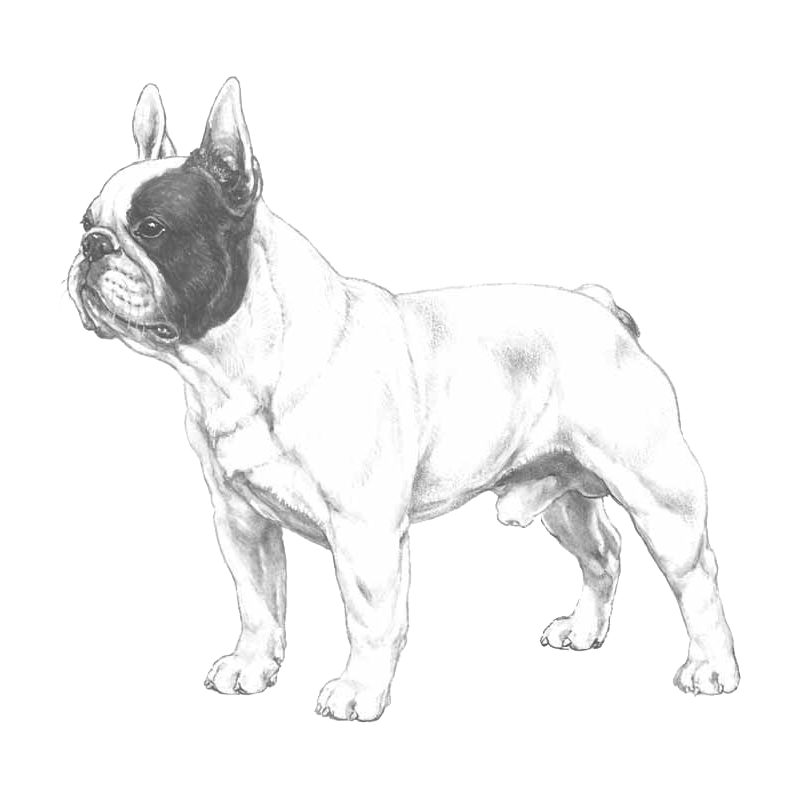
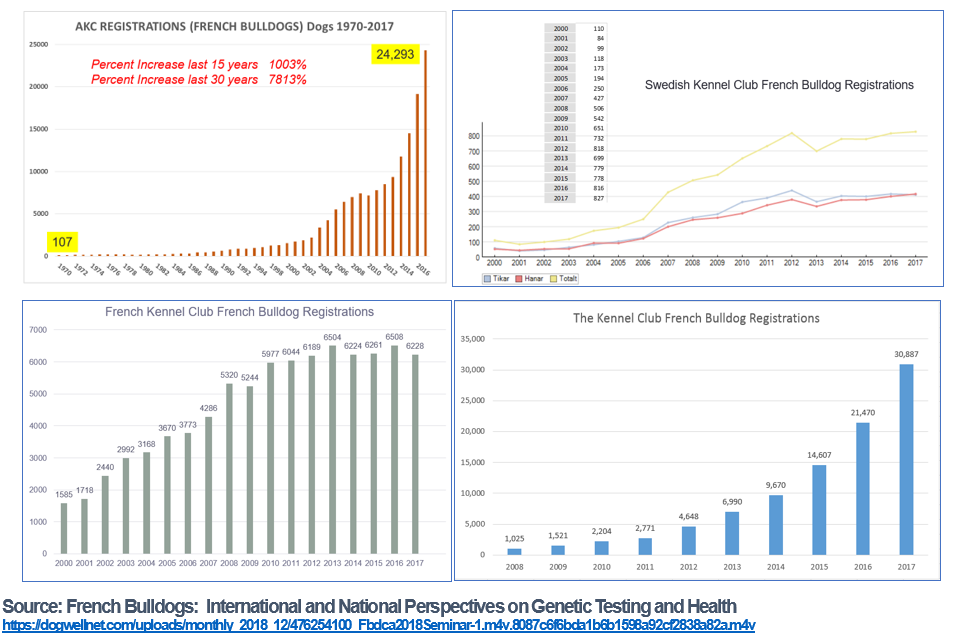
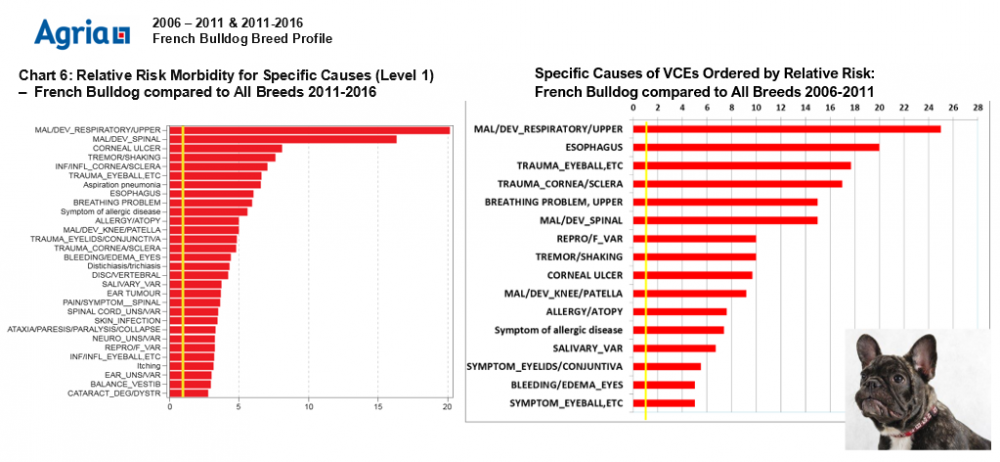




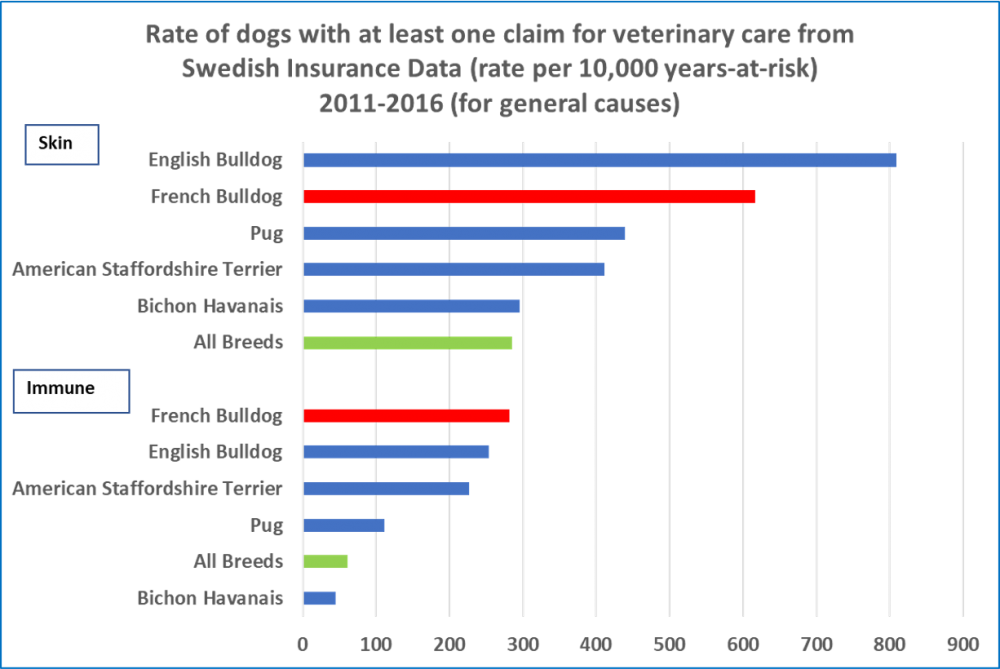
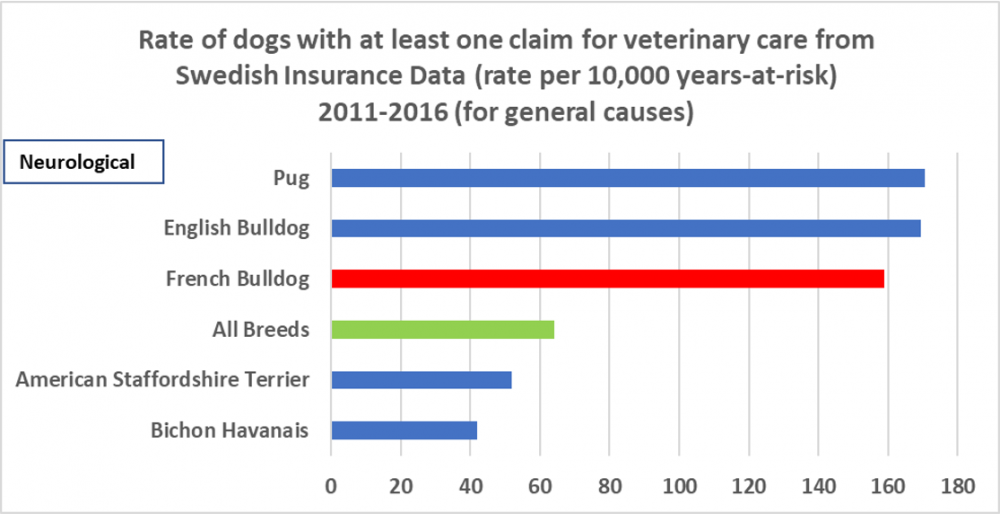
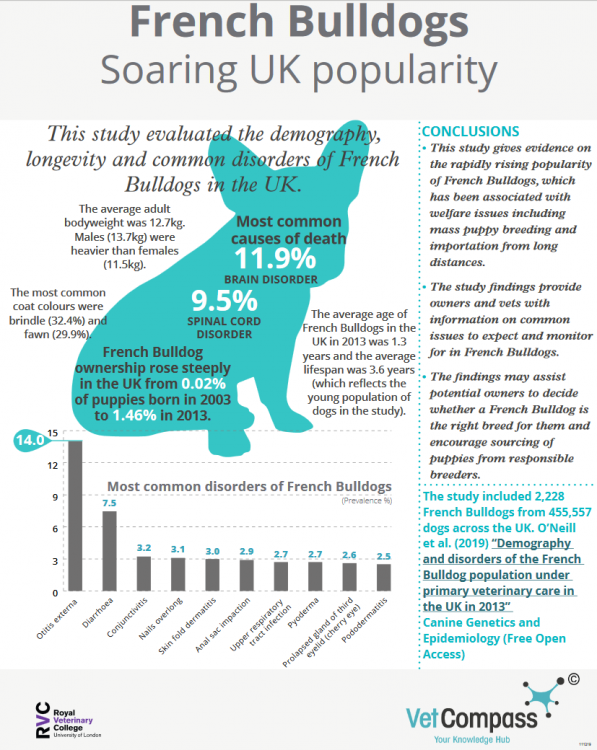


Recommended Comments
There are no comments to display.
Join the conversation
You can post now and register later. If you have an account, sign in now to post with your account.
Note: Your post will require moderator approval before it will be visible.